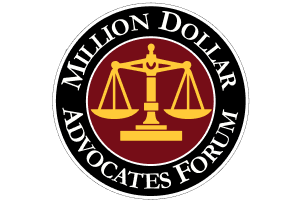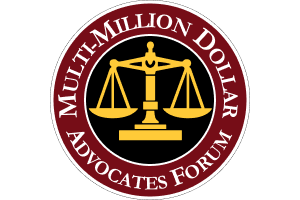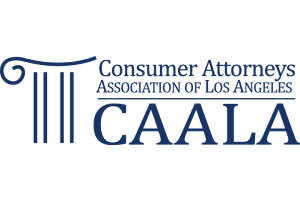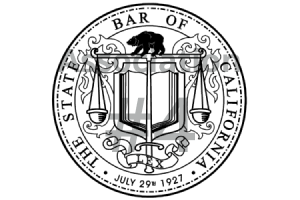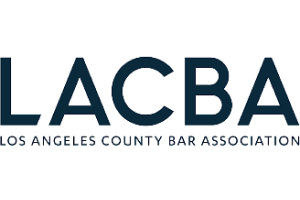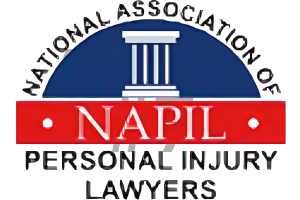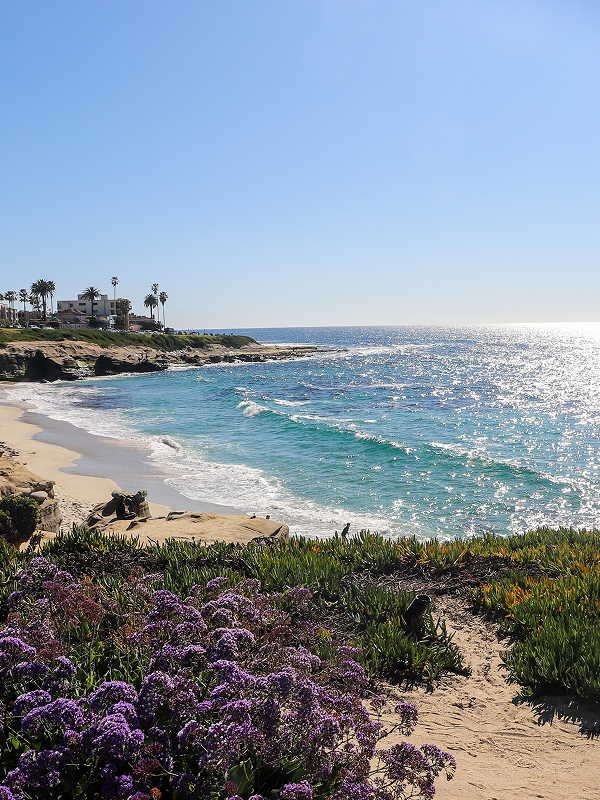San Diego Appeals Court Rules in Temecula Winery Hot Air Balloon Crash Case
October 30, 2017
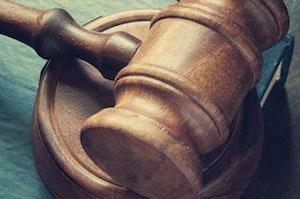
In addition to being known for its automobiles, San Diego personal injury lawyers know that San Diego is well known as a tourist attraction. In addition to several museums and theme parks that attract possibly millions each year, we also boast of the Temecula Wine Country area. Although technically located in Riverside, the Wine Country is often associated with San Diego in various news reports.
The California Court of Appeals for the San Diego area recently ruled in a rather interesting case from Temecula, involving a rather unfortunate crash landing of a hot air balloon carrying several passengers. The plaintiff in the case was on the balloon ride as a gift from her son for her 78th birthday.
The plaintiff was a non-English speaking German citizen. Thus, after arriving to the location where the passengers were gathering, her son was attempting to translate information that was being told to the passengers prior to take off. However, since the son was not also going to be riding the balloon, the son was told to stand in a different area. Although the plaintiff and her son were later reunited and drove together to the area where the balloon was launched, it was unclear whether there was some important safety information that may have not been translated for the plaintiff as a result.
The pilot reportedly separately drove several of the other passengers, during which time he claimed to have given his standard landing safety speech. The passengers later claimed that the drive had only lasted about a minute and that they did not receive substantial safety instructions, if any at all.
During the balloon ride, as the balloon began its descent, at some point it crashed into a fence and then fell onto its side, engaging in some skipping on and off the ground for some 40 yards before coming to a complete stop, according to other passengers’ testimony of the event. As a result, the plaintiff suffered a fractured leg and subsequently sued the balloon pilot, the balloon company, and the vineyard that hosted the rides, alleging vicarious liability due to a special relationship.
The plaintiff alleged that the pilot operated the balloon recklessly or negligently by failing to instruct the passengers properly with regard to landing safety, and by not slowing it properly during its landing.
The defendants moved for summary judgment, arguing that first of all, the plaintiff had waived the right to assert any negligence claims when she signed the standard liability waiver prior to flight, and in any event, the plaintiff had failed to establish the elements of a negligence claim. The trial court agreed, finding a lack of duty owed to the plaintiff. The plaintiff thus appealed.
On appeal, the plaintiff argued that the defendant should be held liable as a common carrier, which owes the highest duty of care, and that the court erred in finding that she assumed the risk because the pilot was negligent in his failure to land the balloon properly. In support of her appeal, the plaintiff’s expert, who has piloted balloons for 25 years, stated that many people perceive ballooning as a gentle, peaceful experience, but in reality, balloon rides can be violent, high-speed events with tragic results. Thus, he offered various evidence regarding proper safety instructions and his opinion as to why the pilot was potentially responsible for causing the balloon to crash.
The court of appeals first turned to the issue of first impression regarding whether a hot air balloon could properly be considered a common carrier. The primary consideration was “whether passengers expect the transportation to be safe because the operator is reasonably capable of controlling the risk of injury.” It engaged in an analysis of other sorts of similar attractions that have been found to meet the common carrier standard, such as roller coasters. Ultimately, however, it found that hot air balloons are more like bumper cars, which are not common carriers, than roller coasters because “[t]he only way to truly eliminate [the] risks [inherent in hot air balloon rides] is by adding power and steering to the balloon, thereby rendering vestigial the very aspect of the aircraft that makes it unique and desirable to passengers.”
Next, the court turned to whether riding a hot air balloon fell properly within the doctrine of assumption of risk. The test was whether the activity “`involv[es] an inherent risk of injury to voluntary participants . . . where the risk cannot be eliminated without altering the fundamental nature of the activity.’” Thus, because of the inherently risky nature of riding a balloon, the passenger did assume the risk of injury in the potential crash landing.
With regard to the plaintiff’s argument that the pilot was negligent or grossly negligent, the court found that the plaintiff did not present sufficient evidence that the pilot made an extreme departure from the ordinary standard of care. In this case, for example, the court stated that gross negligence would be something along the lines of launching without sufficient fuel, during bad weather, or near electrical wires, etc.
The court stated definitively that a balloon company does owe a duty to passengers to give them landing safety information, since it is reportedly common practice across the industry, and the defendant pilot claimed that he did anyway. However, in this case, since the balloon crashed, the proper stance and other safety precautions would not have prevented the plaintiff’s injury because, as occurred in a similar case, “the violence of a crash is the effective efficient cause of plaintiff’s injuries to the extent that it supersedes other factors . . . and makes them immaterial, so the plaintiff cannot recover.” The plaintiff did not present any evidence as to how safety instructions could or would have mitigated her injuries that occurred as a result of the crash. Thus, the lack of the instructions thereof was not the proximate cause of her injury.
The trial court’s decision granting summary judgment on behalf of the defendants was thus affirmed.
Zev Rubinstein is a San Marcos personal injury attorney who has been fighting for the rights of accident victims in the San Diego, San Marcos, Oceanside, and Carlsbad areas for the past 25 years. He has witnessed the devastation and hardships these accidents cause for the victims and their families, and he will fight aggressively to hold the negligent parties accountable for your damages. If you or a loved one has been injured as a result of someone else’s negligent conduct, contact us today in order to discuss your case.


